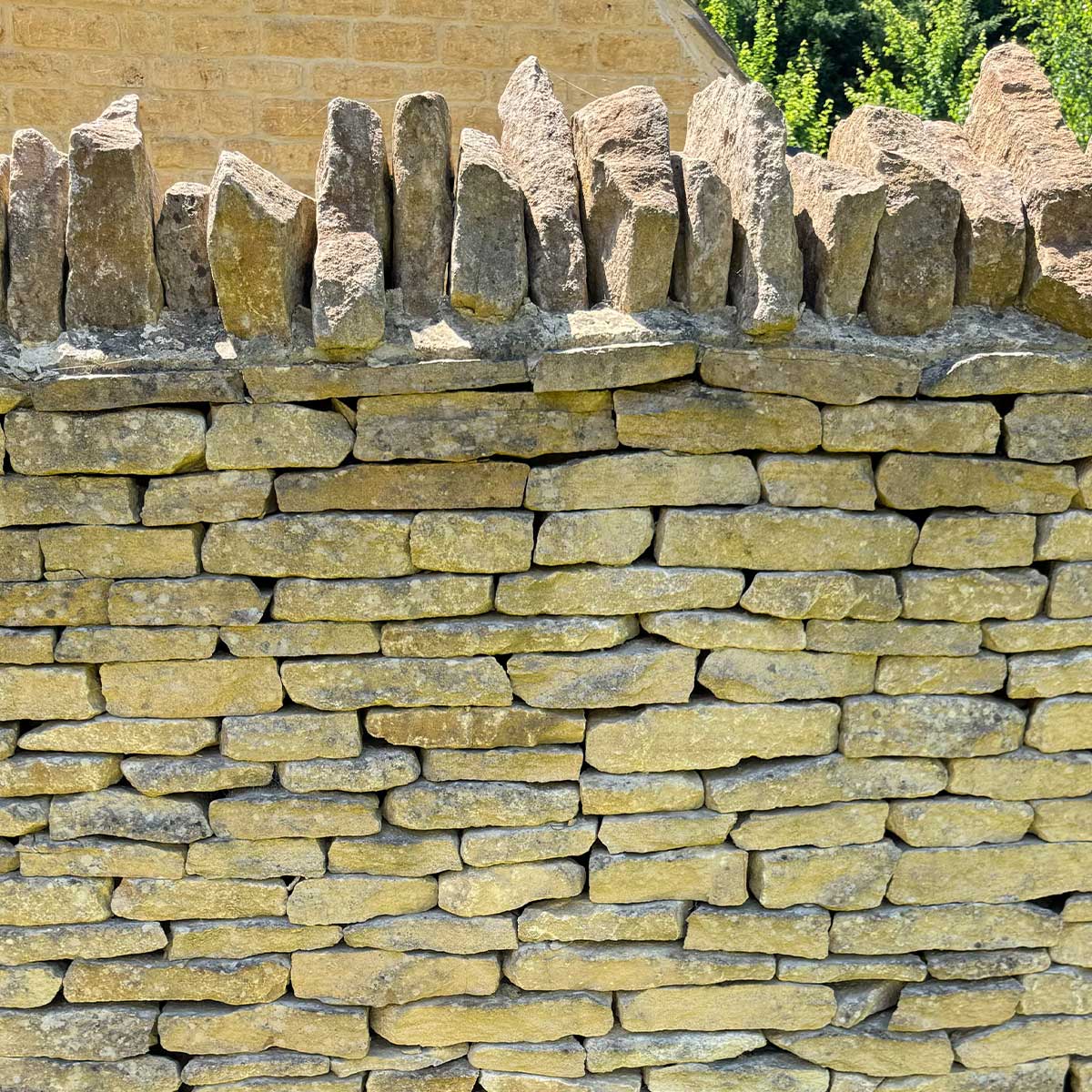The unique Craft of Dry Stone Walling: The Hidden Hidden Cultural Legacy
Within the picturesque landscapes of West Yorkshire, dry stone walling is considered as a testament to craftsmanship and traditional techniques. This time-honored practice, which involves building robust walls without the use of mortar, weaves together the rich history and natural beauty of the region. For centuries, these stone walls have served a vital role in defining the countryside, defining boundaries, and serving as enclosures for livestock. Today, this craft not only preserves the cultural heritage of West Yorkshire but also continues to inspire a profound appreciation for sustainable building techniques.
As the interest of environmentally friendly construction methods increases, the art of dry stone walling has surged in popularity among property owners, landscapers, and environmentalists alike. It offers numerous benefits, from enhancing rural properties to promoting biodiversity in gardens and green spaces. This article explores the techniques, history, and ongoing relevance of dry stone walling in West Yorkshire, providing perspectives for those interested in discovering this hidden heritage or starting their own dry stone projects. Whether you are a seasoned builder or a curious beginner, the enduring charm of dry stone walls invites you to connect with the land and its rich history.
The History and Art of Dry Stone Walling
Dry stone construction has long been a cherished tradition in West Yorkshire, that reflects the region's rich agricultural heritage. The technique originates to early eras, stemming from the necessity of building fences and shelters without the use of mortar. Using locally sourced stone, artisans carefully fit each piece together, ensuring that walls could remain robust against the elements while also beautifying the natural beauty of the landscape.
Over the years, these walls have served multiple purposes in West Yorkshire's countryside. Not only do they mark property lines, but they also serve as habitats for wildlife, contribute to biodiversity, and reduce soil erosion. The unique character of these walls lies in their organic construction, which facilitates movement and flexibility, adapting to environmental changes without compromising structural integrity.
Today, the art of this technique continues to prosper, with skilled wallers transmitting traditional methods to younger artisans. Workshops and courses are available for those eager to learn this craft, emphasizing its significance in preserving both cultural heritage and sustainable practices in the region. The artistry involved in building these walls merges functionality with aesthetics, making this craft a timeless feature of West Yorkshire's landscape.
Advantages and Methods of Dry Stone Walling
Dry stone wall construction offers many advantages that are especially important in the landscapes of Yorkshire. One of the key benefits is its sustainable sustainability. In contrast to conventional walls, dry stone structures are created without mortars, enabling for water management and offering habitats for native wildlife. helpful site of walling is not only environmentally friendly but also enhances the visual appeal of the rural scenery, integrating harmoniously with the landscape.
The techniques involved in dry stone wall construction are based in time-honored skills. Craftsmen diligently choose and place stones based on their form, dimension, and density, forming a stable structure that can resist the test of time and weather. The art lies in ensuring that the stones fit together snugly without any adhesives to hold them, using weight and thoughtful engineering to maintain the wall's integrity. Traditional methods highlight the significance of base layers and the intentional use of larger stones at the base, which contributes to the wall's strength and longevity.
Learning these techniques is accessible to all through training sessions and training programs available in Yorkshire. Newcomers can start with manageable projects, gaining experience into the details of fitting stones and grasping the design of wall design. This experiential experience also cultivates a deeper appreciation for this heritage craft but also connects people with their local landscape, strengthening community ties and encouraging the protection of this distinct cultural heritage.
Locating Experts and Maintaining Structures
As it comes to dry stone walling in West Yorkshire, finding skilled craftsmen is essential. Look for professionals who have a history in traditional techniques and experience in local stone types. Recommendations from local agriculture groups or landscape professionals can be invaluable. Additionally, ensuring for certifications from esteemed organizations can assist ensure that the craftsmen you select uphold the criteria of quality and craftsmanship required in the region.
Preserving a dry stone wall is critical to its longevity and structural integrity. Regular inspections can help identify any signs of erosion or moving stones. Easy maintenance tasks include removing vegetation that may weaken the wall and fixing the drainage systems that prevent water accumulation at the base. By prioritizing ongoing care, you can prolong the life of your wall and keep its beauty for years to come.
It's also advantageous to participate in workshops and training related to dry stone walling. These educational events not only enhance your understanding of wall construction and maintenance but also join you with the local community and craftsmen. Participating in such activities cultivates a deeper appreciation for this traditional craft, guaranteeing its continued relevance and vitality in West Yorkshire's landscapes.
